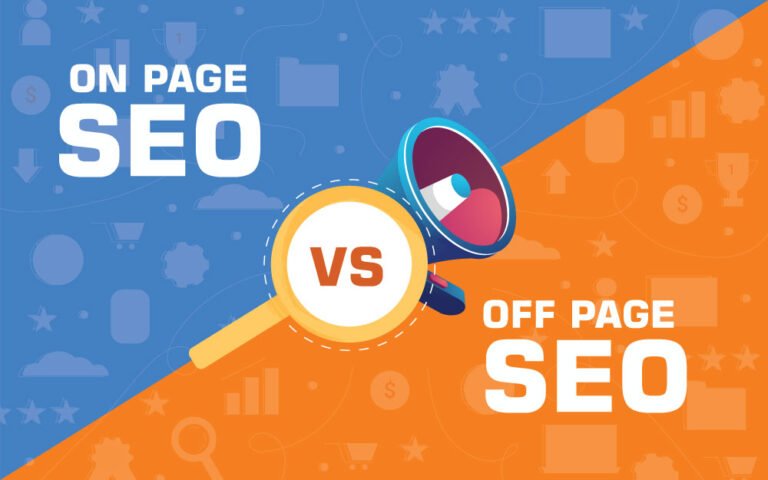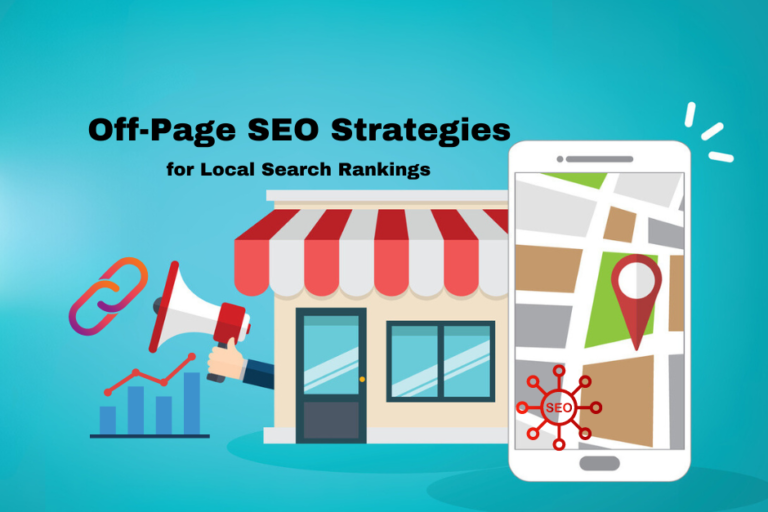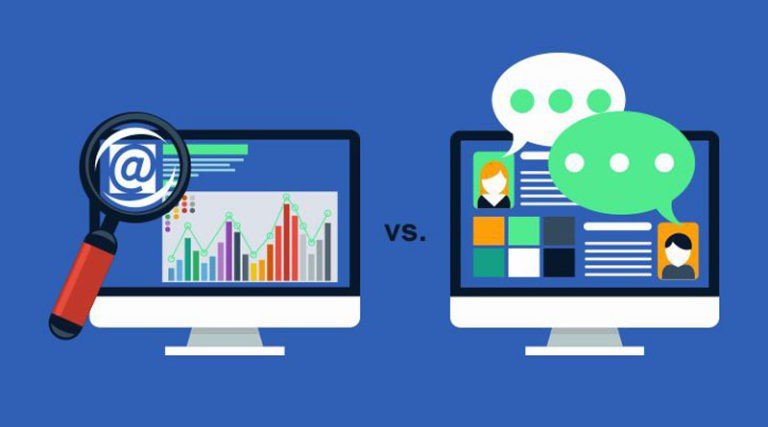Top Local SEO Ranking Factors You Need to Know
In today’s competitive digital landscape, getting your business noticed locally is crucial. As a small business owner, you might be wondering what it takes to climb the ranks in local search results and how you can edge out competitors in your area. You’re in the right place! At Social Peak Media, we specialize in helping local businesses like yours enhance their online presence and attract more customers through effective local SEO strategies.
In this article, I’m going to break down the top local SEO ranking factors you need to know and how you can leverage them to grow your business.
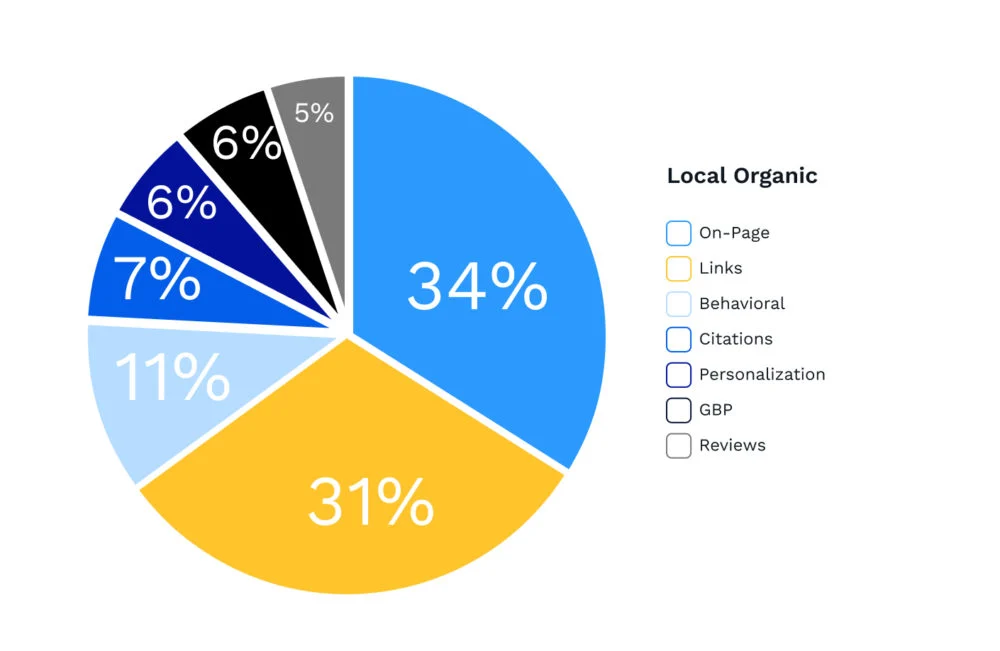
The Importance of Proximity in Local Search
When it comes to local SEO, proximity is one of the most significant factors that influence search rankings. But what exactly does proximity mean in this context? Simply put, it refers to the distance between the searcher and your business location.
In the era of mobile search, users are increasingly looking for services and products near them, and Google has evolved its algorithms to prioritize results that are geographically close to the user. This is why it’s critical to ensure that your business is listed accurately in local directories and on platforms like Google My Business (GMB). When your business is located close to the searcher, and your information is up-to-date, you’re more likely to appear in those coveted top spots.
The Impact of “Near Me” Searches
“Near me” searches have skyrocketed over the past few years, and this trend is showing no signs of slowing down. People are using their smartphones to find businesses and services around them, and Google is keen on delivering the most relevant local results. For example, if someone is looking for “coffee shops near me,” Google’s algorithm takes proximity as a primary factor in determining which coffee shops to show.

To capitalize on this trend, make sure your business location is clearly listed across all online platforms, and consider incorporating location-based keywords into your content and metadata. This simple step can greatly enhance your visibility in local searches.
Google My Business Signals
Your Google My Business (GMB) profile is one of the most powerful tools you have at your disposal for local SEO. Google uses the information on your GMB profile to determine how relevant your business is to a user’s search query, making it essential to optimize this profile thoroughly.

How to Optimize Your GMB Profile
Optimizing your GMB profile starts with ensuring that all your business information is accurate and complete. This includes your business name, address, phone number, and website URL. Consistency is key here—make sure the information you provide matches exactly with what’s listed on your website and other directories.
Beyond the basics, here are a few additional tips to help you optimize your GMB profile:
- Select the Correct Categories: Choose the most relevant categories for your business. This helps Google understand what your business is about and when to show it in search results.
- Add High-Quality Photos: Visual content is crucial. Upload high-quality images of your business, products, or services to make your profile more appealing to potential customers.
- Collect and Respond to Reviews: Encourage your satisfied customers to leave positive reviews on your GMB profile. Responding to reviews, whether positive or negative, shows that you value customer feedback and can improve your local ranking.
- Regularly Update Posts: Use the GMB post feature to share updates, promotions, and news. Regular updates signal to Google that your business is active and engaged.
GMB Categories and Attributes
Choosing the right categories for your GMB profile can significantly influence your local SEO performance. Categories tell Google what your business is about, and selecting the most appropriate ones ensures you’re shown for relevant searches.
When selecting categories:
- Primary Category: This should be the category that most accurately describes your business. For example, if you’re a dental clinic, “Dentist” would be an appropriate primary category.
- Secondary Categories: These allow you to refine your services further. Continuing with the dental clinic example, secondary categories could include “Cosmetic Dentist” or “Pediatric Dentist.”
Attributes are another powerful aspect of GMB that often gets overlooked. These are additional details that can appear on your profile, such as “Wheelchair accessible” or “Wi-Fi available.” Attributes help you stand out and can influence a potential customer’s decision to choose your business over a competitor’s.
Citation Consistency and Its Impact on Rankings
Citations refer to mentions of your business’s name, address, and phone number (NAP) on other websites. These can appear in local directories, social media platforms, and industry-specific websites. Citation consistency means that your NAP information is consistent across all these platforms. Inconsistent citations can confuse search engines and hurt your local rankings.
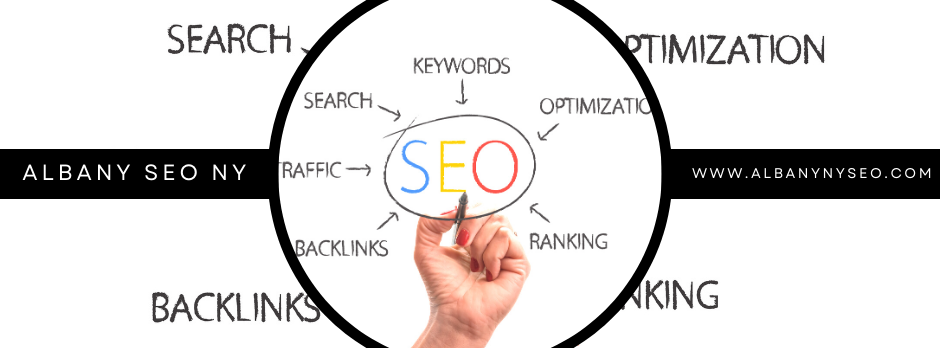
Why Citation Consistency Matters
When Google crawls the web to gather information about your business, it looks for consistent NAP details to verify your business’s legitimacy and relevance. If your business is listed as “123 Main St” on one site and “123 Main Street” on another, Google might treat these as two different entities, potentially diluting your search engine authority.
To avoid this:
- Audit Your Existing Citations: Use tools like Moz Local or Yext to find and correct inconsistent citations across the web.
- Claim Your Listings: Ensure you have claimed your business on all relevant platforms and directories. This allows you to control the information displayed and ensure consistency.
- Use a Standard Format: Decide on a standard format for your NAP information and stick to it across all listings.
Best Practices for Building Local Citations
Building local citations is a critical component of local SEO. The more high-quality citations your business has, the more authoritative it appears to search engines. Here are some best practices for building and maintaining citations:
- Target High-Quality Directories: Focus on getting listed in well-known, reputable directories like Yelp, TripAdvisor, and industry-specific directories. Avoid spammy or low-quality sites, as they can harm your SEO efforts.
- Incorporate Niche Directories: Depending on your industry, there may be niche directories that cater specifically to your business type. These can provide valuable backlinks and citations that boost your local SEO.
- Monitor and Update Regularly: Over time, your business information may change. Regularly check your citations to ensure all information remains accurate. Updating your citations promptly after any changes (like a new phone number or location) is crucial to maintaining consistency.
- Leverage Local Partnerships: Collaborate with other local businesses or organizations to get listed on their websites. This not only helps with citations but can also provide valuable backlinks.
The Role of Backlinks in Local SEO
Backlinks—links from other websites to your own—are another significant factor in local SEO. They serve as a vote of confidence from one site to another, signaling to search engines that your content is trustworthy and relevant. However, not all backlinks are created equal; the quality of the backlink is far more important than the quantity.
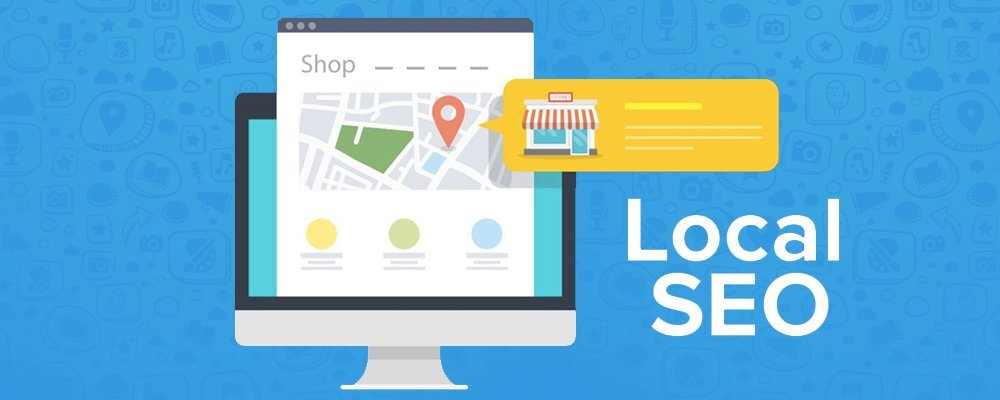
Why Backlinks Matter in Local SEO
In the context of local SEO, backlinks from local websites, directories, and news outlets can significantly boost your visibility. For example, a backlink from your local Chamber of Commerce or a well-respected local newspaper can be more valuable than a dozen links from unrelated national websites.

To effectively leverage backlinks for local SEO:
- Focus on Local Sources: Seek out backlinks from local sources, such as news websites, local bloggers, and community organizations. These links tell Google that your business is relevant to the local area.
- Create Shareable Content: Develop content that others want to link to. This could be a local guide, an insightful blog post, or an event announcement. The more valuable your content, the more likely other sites will link to it.
- Engage in Local Sponsorships: Sponsor local events, charities, or sports teams. These sponsorships often come with a backlink on the event’s or organization’s website, enhancing your local SEO.
- Guest Blogging: Write guest posts for local blogs and websites. In exchange for your expertise, you’ll often get a backlink to your website. This strategy not only builds backlinks but also establishes you as a thought leader in your community.
- Utilize Press Releases: Whenever your business has news—like a new product launch or an event—issue a press release to local media. These can often result in backlinks from local news websites, which are highly valuable for local SEO.
How to Assess the Quality of a Backlink
Not every backlink is beneficial. In fact, links from low-quality or spammy websites can harm your SEO. Here’s how to assess the quality of a backlink:
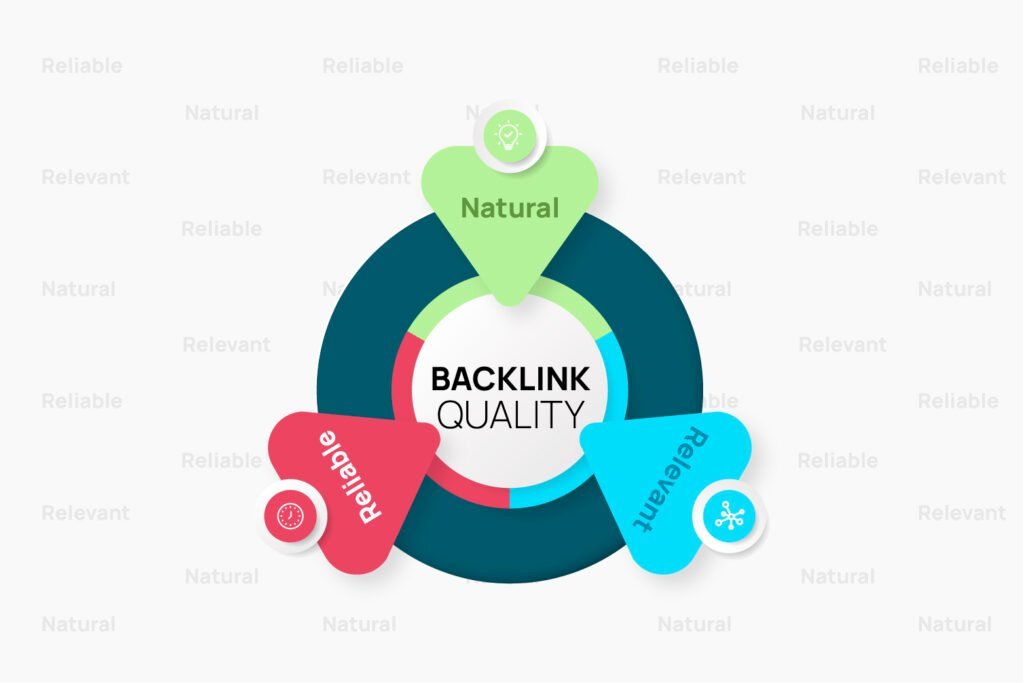
- Domain Authority: Use tools like Moz or Ahrefs to check the domain authority of the site linking to you. Higher authority sites pass on more SEO value.
- Relevance: Ensure the site linking to you is relevant to your business or industry. For example, a link from a local restaurant to your legal services business might not be as valuable as one from a local law directory.
- Anchor Text: The text that is hyperlinked (anchor text) should be relevant to your business or the page it links to. Avoid generic phrases like “click here” and instead use descriptive keywords.
By focusing on obtaining high-quality, relevant backlinks from local sources, you can significantly enhance your local SEO efforts.
FAQs
Conclusion
Mastering local SEO is crucial for any small business aiming to attract local customers and stay competitive in their market. By focusing on proximity, optimizing your Google My Business profile, maintaining citation consistency, and building high-quality local backlinks, you can significantly improve your local search rankings. At Social Peak Media, we’re dedicated to helping small businesses like yours navigate the complexities of local SEO and achieve sustainable growth.




